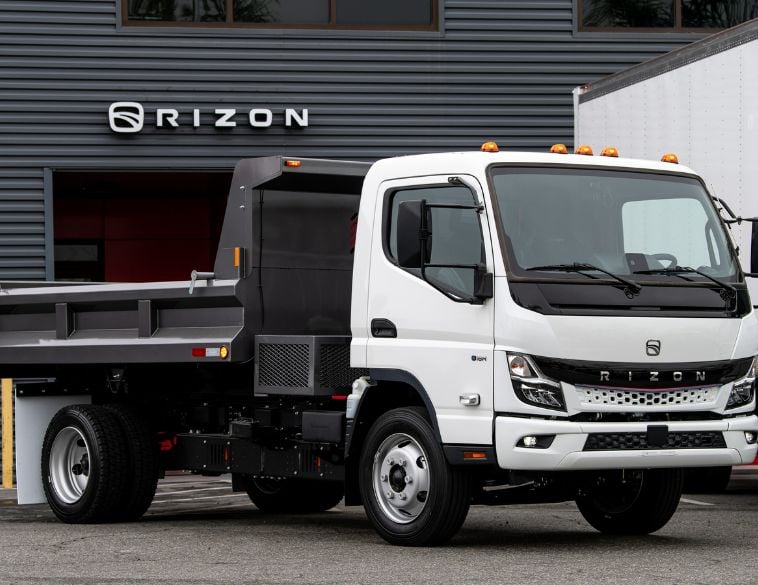As part of NAFA-supported webinars aimed at developing more sustainable fleets, a panel of experts was assembled on August 4 to illustrate how to establish a culture of change in companies.
When it comes to pushing a fleet towards more sustainable solutions, there is no doubt that managers are often confronted with old habits or resistant attitudes. Reducing or optimizing the number of vehicles in the fleet or switching to low-emission fuels is a desirable goal that requires solid preparation and commitment from all team members.
“As fleet managers, what our organizations are asking us to do is more with less,” illustrates Rick Sapienza of the University of North Carolina, Moderator of this virtual meeting.
For Patti Earley of the Florida Electric Utility, change is constantly upon us and any organization that fails to adapt risks losing its relevance and competitiveness. “People are comfortable in their ways,” she explains. “Changing the routine will always be met with resistance. For example, in our field, this is illustrated when we implement a GPS system, cameras in the vehicle, a telematics link or when we introduce electric vehicles in the fleet.”
Avoiding failure
Earley estimates a 70 percent failure rate for new programs or improvement initiatives in companies that have failed to prepare adequately. The lack of a clear vision from the management, projects that are not well explained to the people concerned, words that are not supported by concrete actions or the lack of communication between all departments of the company are all obstacles to success.
Erwin Osterroth, Manager of the municipal fleet in Medicine Hat, Alberta, has been cleaning up his fleet in recent years, reducing it from 1,250 units to 750. “This was made possible by implementing a policy of the right vehicle for the right purpose and by introducing electric vehicles where they were relevant and cost-effective,” explains the manager.
He states that the basis of the approach is an analysis of all the people whose decisions are necessary for the success of the projects. “Establishing everyone’s responsibilities is the first step, but the key is to avoid having all decisions come from management.”
“To touch the system is to touch the daily lives of many people. I have found that the best approach, once the goals have been established, is to listen to everyone in the organization who touches our vehicles, whether it is purchasing, operating or maintaining them. There are many possible solutions to a problem and open discussion with team members allows us to prioritize leading to our common goal.”
Listening to the field
This listening and respect also promotes the adoption of changes, especially when the ideas come from the field.
That’s the approach taken by Mark Swackhamer, who retired two years ago but is responsible for managing school buses in the greater Alvin, Texas area. His legacy was to leave the organization with a preventive maintenance program that cut the number of breakdowns on the road by more than half.
“I went into each of our shops and asked the technicians what their inspection process was,” he explains. “I told them to justify each step and explain, in their own words, what could be improved. What I wanted to achieve—a reduction in failures due to poor maintenance—came from them. I started with the workshops where I had positive leaders to convince others who were more hesitant to change their ways. By involving the people who do the work, we were able to move forward together. In addition, the quality of this communication has improved the accountability of workers who are much more vigilant about the quality of their inspections.”
Al Curtis, Fleet Manager for all of Cobb County, Georgia, illustrates adapting to change by detailing his strategy when electric cars began creeping into the fleet’s 2,500 vehicles.
Training and road tests
“On the one hand, we set up a training program for our service technicians. They were so used to doing oil changes. They were going from cars with 2,000-piece combustion engines to electric power units with only 20. We already had natural gas and biodiesel vehicles, but the training was necessary. At the same time, we increased the number of test drives with users. With electrification experts, we also organize meetings with targeted groups, whether it be purchasing, managers or users.”
According to Curtis, one of the things that has helped convince even the most reluctant to support this change in habits is the looming threat of outsourcing some tasks. Today, the approach is positive and each small step forward is highlighted. He mentions that when the first electric vehicles were put on the road, the local media was called in. “The positive impact of this coverage has strengthened our coalition for change.”
Let us note that for these managers two approaches have been retained to advance the teams related to the evolution of the park. Either tackle the most resistant right away, or work with positive leaders to turn them into positive influencers.



